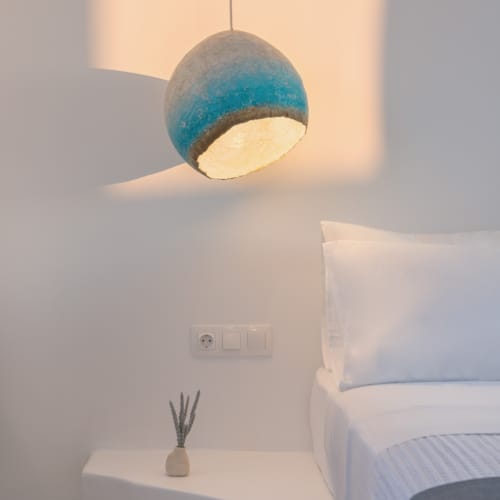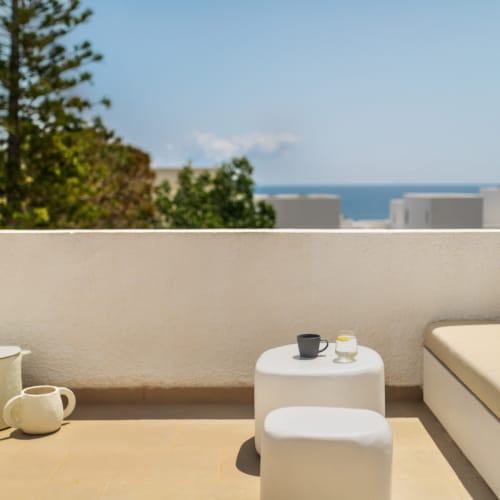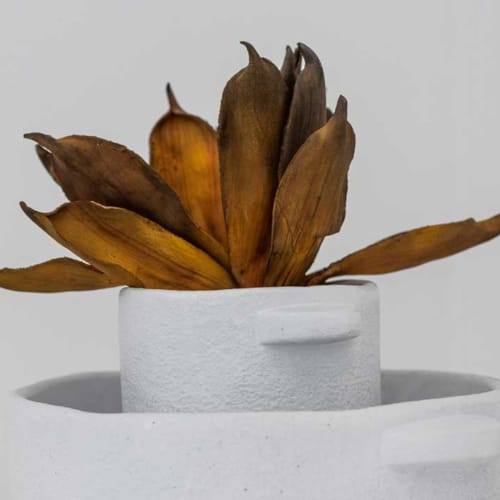The Birth of a Caldera
Santorini as we know it today began to take form around 3,600 years ago with one of the most powerful volcanic eruptions in recorded history: the Minoan eruption. This catastrophic event collapsed the center of the island, creating the famous caldera, now partially submerged by the Aegean Sea.
The eruption didn't just reshape the island-it reshaped history. Many believe it contributed to the decline of the Minoan civilization on Crete and possibly inspired the legend of Atlantis.













